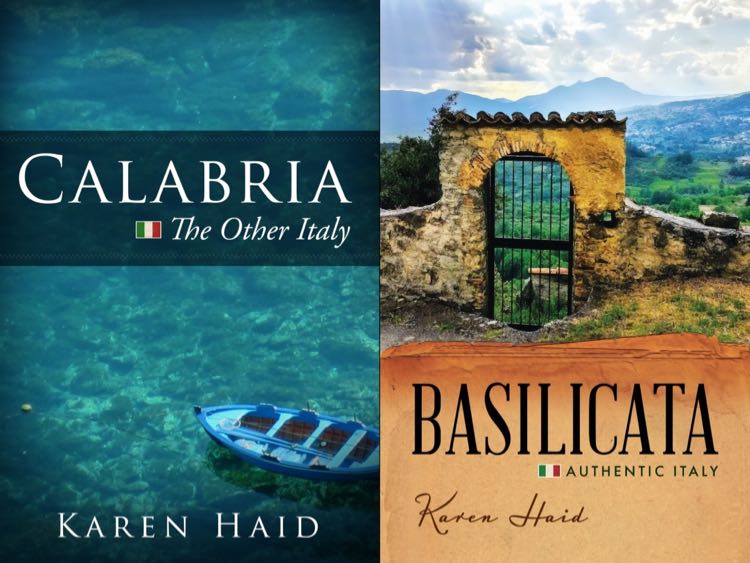THE COSMOS
We’ve all read our horoscopes whether or not we actually believe in them. Could there really be something to the positioning of the stars, the alignment of the planets, the lunar cycle? Nowadays we have so many facts at our fingertips, but are we any closer to understanding where the individual fits in with the tides or the cosmos?
How confusing it all must have been at a time when mankind was just wrapping his collective brain around the fact that the earth wasn’t the center of the universe—a bit more challenging a notion than the demotion of Pluto to the status of a dwarf planet. This was the scene when Rutilio Benincasa, born in 1555, looked up into the sky and began his scientific analyses. Three hundred years later, his work was still being consulted and Giuseppe Tomasi di Lampedusa would refer to him as the Aristotle of the common peasant in his 19th-early 20th-century historical novel Il Gattopardo (The Leopard).
Not bad for an autodidact of humble origins.
CORRADO ALVARO’S RUTILIO BENINCASA
Fellow Calabrian, Corrado Alvaro writing in the last century described him as follows: “In our towns everyone knows those eccentrics who want to be seen as soothsayers and wise men, astrologists and mathematicians. These individuals are nothing to laugh at. They represent the aspiration for knowledge and the instinct to discover new truths, which is a characteristic of our people.”
Rutilio Benincasa was one of these types. Born in Torzano (today Borgo Partenope – near Cosenza), he was an uncultured, common man, who studied the laws of nature in Arabic and Greek books. He was a wise man by his own methods and became renowned amongst his people as a seer, a mathematician and an astronomer.
But he wasn’t a fool, Rutilio Benincasa. Through persistent study and prayer, he discovered distinct constellations and predicted several solar and lunar eclipses. In fact, he recorded the results of his research in a book. People even used his book to predict the cabala and lottery numbers.
Today, several lunar almanacs that predict weather and foretell events still bear his name: Rutilio Benincasa.
THE ALMANAC WITH THE EASTER HAND
Although more than one critic noted Benincasa’s inelegant writing style, his work was historically praised as precise and exhaustive. His most important treatise was the Almanacco perpetuo (Perennial Almanac), published in Naples in 1593. He dedicated the book to astrologists, physiognomists (those able to judge character and predict the future from facial characteristics), doctors, physicists, surgeons, barbers, distillers, alchemists, agriculturists, painters, helmsmen, travelers and all other curious individuals. Quite a disparate group, but the book is a compendium of ancient astrology, bits of history and folklore, anatomy, agriculture, arithmetic and geometry.
Included amongst his many charts in the Almanac is the lovely “Mano Pasquale” or Easter Hand. This table was designed as a perpetual calculator to determine the day on which Easter would fall. Rather intricate, it would seem that you needed to figure the number of days by which the solar year differed from the lunar year and looking at the hand, according to Benincasa, the dates of variable holidays were easily worked out. Not as simple as typing the information into the internet, but the table is quite pleasing to the eye. It’s in the shape of a hand that’s embellished with a flowering plant tied to the thumb (for remembrance?) and a ruffled cuff.
THE LOTTERY
Many editions of the Almanac have been printed over the centuries. Interestingly, it has been greatly sought after by lottery hopefuls thinking that Benincasa held the secret to the cabala, an ancient Jewish mystical interpretation of the Bible using numbers. In Giovanni Verga’s 19th-century novel Mastro Don Gesualdo, a character attempting to predict the winning lottery numbers runs to “the book of Rutilio Benincasa” for assistance.
It’s easy to roll your eyes at the superstitions of others. Then you have an important job interview or meeting and you instinctively pull out that lucky shirt. Although I’ve lived in Las Vegas for a number of years, I’m not a gambler. But if I were to pick numbers for the lottery or keno, how would I do it? When it comes down to it, I may just want to make selections in equilibrium with the stars. Do you have a better idea?
Would you like to visit Calabria? Join me on one of my comprehensive, small group tours, where you will experience the region’s incredible food, immerse yourself in its beauty and soak up the culture first hand! See the detailed itineraries on the Calabria Tour page.
Interested in Italian traditions and lifestyle? Read more about Southern Italy in Calabria: The Other Italy and Basilicata: Authentic Italy, my nonfiction books that explores daily life, culture, history, the arts, food, society and tourism of two lesser-known, fascinating regions. Also on this blog, read about Lent in Italy and an Easter week cultural experience in Easter in Calabria, The Processions of Badolato.
“Like” Calabria: The Other Italy’s Facebook page and follow me on Karen’s Instagram and Karen’s Twitter for more beautiful pictures and information.
Sign up below to receive the next blog post directly to your email.





Comments 4
No I don’t ! But then, neither am I a gambler ……… unlike a certain Grandmother I knew! 😄
Author
Ha, ha!
Hi! Nice post about Rutilio Benincasa. For more information about this ancient astronomer, I suggest you to read this article:
https://esplorazionicosentine.wordpress.com/2014/04/11/rutilio-benincasa-un-astronomo-cosentino-del-500/
Author
Thank you for the information and link to your very nice article and blog. Complimenti!